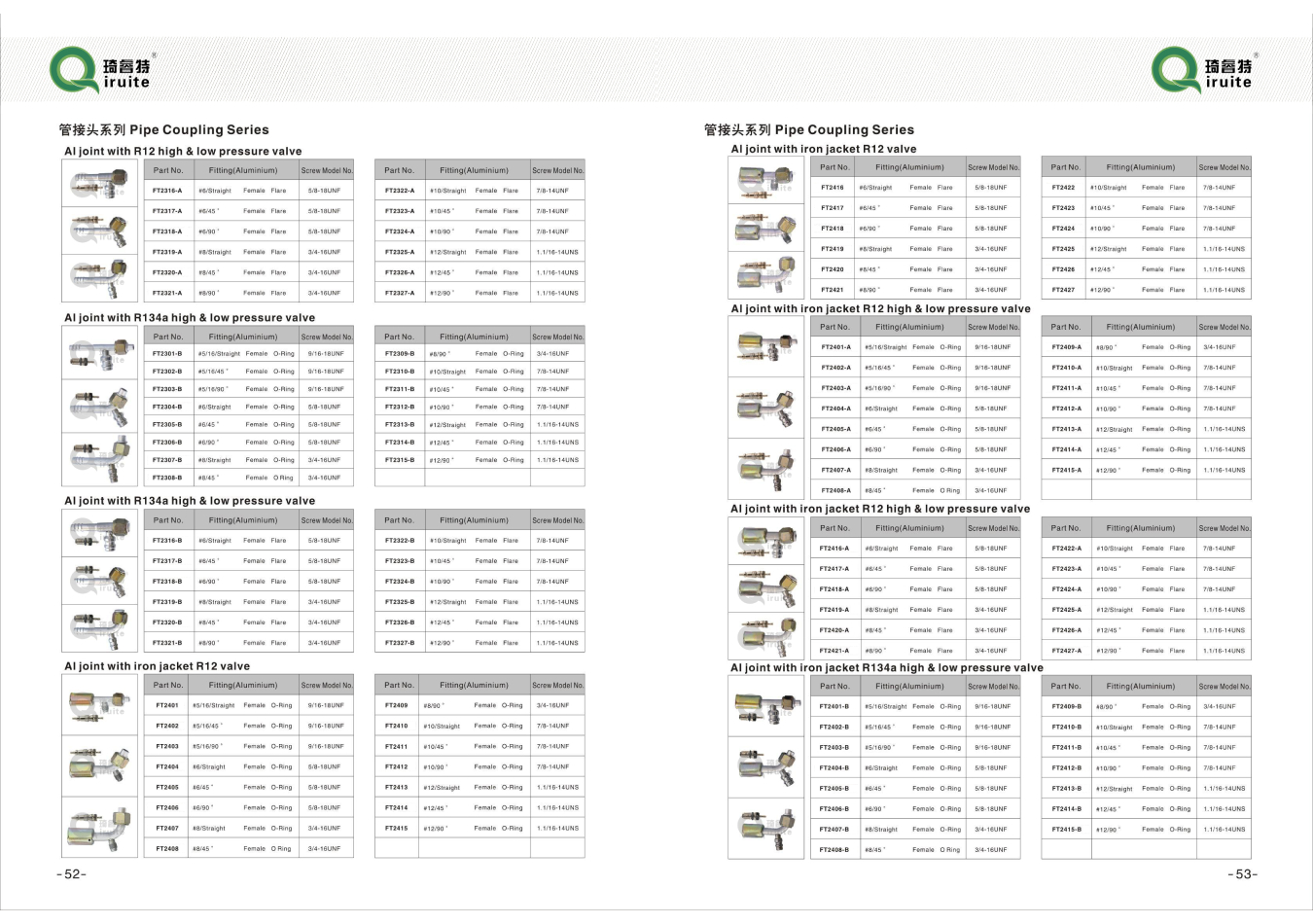Air Conditioning Pipe Solutions - High-Quality AC Pipe Installation & Maintenance
Understanding Air Conditioning Pipes Essential Components for Efficient Cooling
When it comes to air conditioning systems, one often overlooked component is the piping. Air conditioning pipes play a crucial role in how efficiently and effectively an HVAC (Heating, Ventilation, and Air Conditioning) system operates. These pipes are responsible for carrying refrigerants, which are essential for the cooling process. Understanding their functions, materials, and maintenance can help in optimizing the performance of air conditioning systems.
The Function of Air Conditioning Pipes
Air conditioning pipes are primarily designed to transport refrigerant between different components of the AC system, such as the evaporator coil, condenser, and compressor. There are two primary types of pipes used in these systems suction lines and liquid lines. The suction line carries low-pressure refrigerant gas from the evaporator to the compressor, while the liquid line transports high-pressure liquid refrigerant from the condenser to the expansion valve and evaporator.
The efficient functioning of these pipes is critical for the overall cooling performance. Any leaks or blockages can lead to a decrease in the system's efficiency, resulting in higher energy consumption and increased wear on components.
Types of Pipes Used
In air conditioning systems, different materials are used for the piping, depending on the application and requirements. Common materials include copper, aluminum, and PVC.
- Copper Pipes These are the most widely used in HVAC applications due to their high thermal conductivity, flexibility, and resistance to corrosion. Copper pipes are often found in both residential and commercial air conditioning systems.
- Aluminum Pipes Although less common than copper, aluminum is lighter and often used in specific applications where weight is a concern. However, it may not provide the same level of durability as copper.
air con pipe

- PVC Pipes Primarily used in drain lines, PVC pipes are resistant to corrosion and are lightweight. They are not suitable for carrying refrigerants but play a role in directing condensate away from the unit.
Maintenance of Air Conditioning Pipes
To ensure that air conditioning systems function efficiently, regular maintenance of the piping is crucial. Here are some maintenance tips
1. Inspect for Leaks Regular checks for refrigerant leaks can prevent efficiency drops and costly repairs. Signs of a leak include ice formation on the pipes or unusual noises from the system.
2. Clean the Pipes Dust and debris can accumulate on exposed pipes, leading to insulation failures. Regular cleaning helps maintain optimal thermal conductivity and prevents corrosion.
3. Ensure Proper Insulation Insulating pipes, particularly the suction line, helps in regulating temperature and preventing condensation. Damaged insulation should be replaced immediately.
4. Check Connections Ensure that all connections are tight and secure. Loose connections can lead to refrigerant leaks and reduced system efficiency.
Conclusion
Understanding the role of air conditioning pipes is essential for anyone looking to maintain or optimize an HVAC system. These pipes, whether copper or aluminum, are integral to the cooling process, impacting energy efficiency and overall system longevity. Regular maintenance, including inspections for leaks, cleaning, and insulation checks, ensures that the air conditioning system operates at peak performance. In today’s world, where energy efficiency and reliability are paramount, paying attention to this often-overlooked component can lead to significant benefits in comfort and cost savings.
-
Ultimate Spiral Protection for Hoses & CablesNewsJun.26,2025
-
The Ultimate Quick-Connect Solutions for Every NeedNewsJun.26,2025
-
SAE J1401 Brake Hose: Reliable Choice for Safe BrakingNewsJun.26,2025
-
Reliable J2064 A/C Hoses for Real-World Cooling NeedsNewsJun.26,2025
-
Heavy-Duty Sewer Jetting Hoses Built to LastNewsJun.26,2025
-
Fix Power Steering Tube Leaks Fast – Durable & Affordable SolutionNewsJun.26,2025

